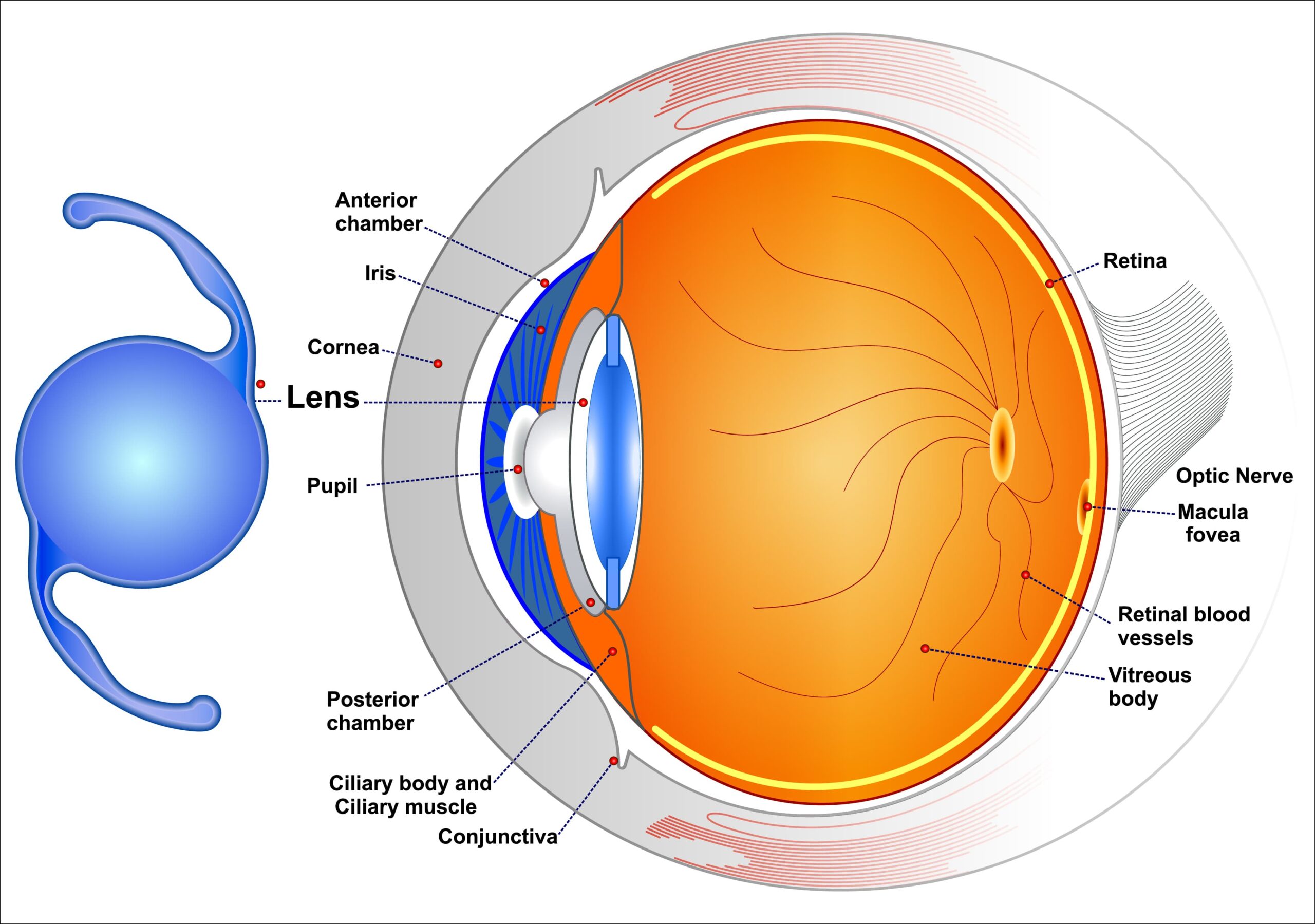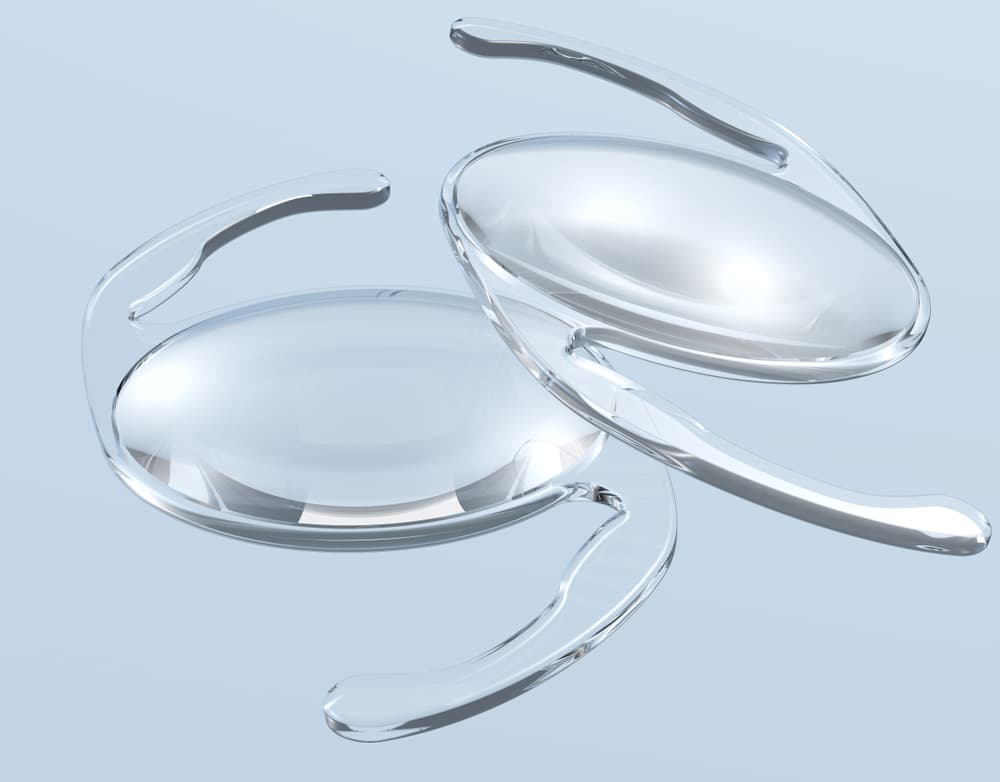The elasticity of the eye’s natural lens decreases with age, making it more challenging to focus on nearby objects. To see clearly in these conditions, people may need light-adjustable lenses.
In the United States, cataract surgery is one of the most common procedures, with more than 3.7 million treatments annually with a relatively low complication rate.
In the past, traditional intraocular lenses (IOLs) were the only option available to patients undergoing cataract surgery. However, Light Adjustable Lenses (LALs) offer several advantages over conventional IOLs today.
Ophthalmologists agree that LAL technology is a reliable, non-invasive way to address residual sphero-cylindrical refractive error following cataract surgery and IOL implantation.
If you’re contemplating correcting your vision, this article will explain why adjustable lenses are a superior option for your eyes.

What Are Light-Adjustable Lenses, and How Do They Work?
The light-adjustable lens (LAL) is the only intraocular lens that allows patients to adjust their vision after lens implantation. Numerous patients who have undergone cataract surgery benefit greatly from LALs, allowing them to reduce or eliminate their need for corrective eyewear.
LALs are made of a photosensitive material that can be adjusted to the eye after surgery to optimize vision. The ophthalmologist can fine-tune the patient’s vision by shining a special light onto the lens, which changes its shape.
The main advantage of LALs over traditional IOLs is that they offer a greater degree of customization.

What Are Traditional Intraocular Lenses, and How Do They Work?
Traditional Intraocular Lenses (IOLs) are the most common type of IOL used in the United States. They are made of clear, flexible polymethylmethacrylate (PMMA). PMMA is a durable material used in various medical products, including contact lenses and artificial joints, for many years.
Traditional Intraocular Lenses are made of a rigid material that cannot be adjusted after surgery.
In this case, the eye doctor must choose the correct IOL for the patient before surgery based on the patient’s age, eye condition, and other factors.
The main advantage of IOLs over LALs is that they are less expensive. However, the trade-off is that they offer less customization and may not provide the best possible vision for the patient.
Traditional Intraocular Lenses VS Light Adjustable Lenses
| LALs | IOLs |
| LALs can correct nearsightedness, farsightedness, and astigmatism because they can be tailored to the individual patient’s needs. | Traditional IOLs, on the other hand, can only correct nearsightedness or farsightedness. |
| LALs can be adjusted after surgery. They offer the potential for a wider range of vision than IOLs. | With IOLs, there are trade-offs—you can choose a lens that gives you good distance vision but poorer near image or vice versa. |
| LAL implants have been shown to provide better distance vision than traditional monofocal implants. | IOLs have more elevated levels of halo and glare symptoms than LALs, making them less appropriate for distance vision. |
Choose the Best LAL Implantation by a Reno Ophthalmologist
Light Adjustable Lenses have become the standard in eye care. So if you are trying to decide the best option for enhancing your vision, light adjustable lenses are the best choice.
Eye Care Professionals in Reno, Nevada, offers cutting-edge implantable lenses, high-tech equipment, methods, and techniques.
The preservation and protection of your eye health are our top priority. We can help you determine if light-adjustable lenses are the best option for you and answer any other questions regarding the procedure.
Our visionary blog also provides comprehensive information for patients to keep updated about eye conditions, their treatment, and how to prevent them.
Please schedule an appointment with one of our Eye Care Professionals today!











